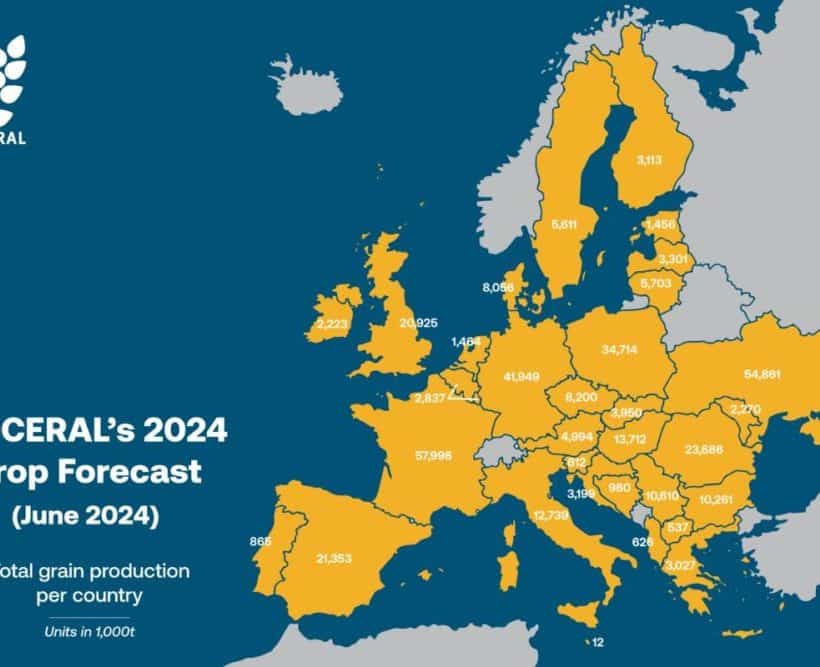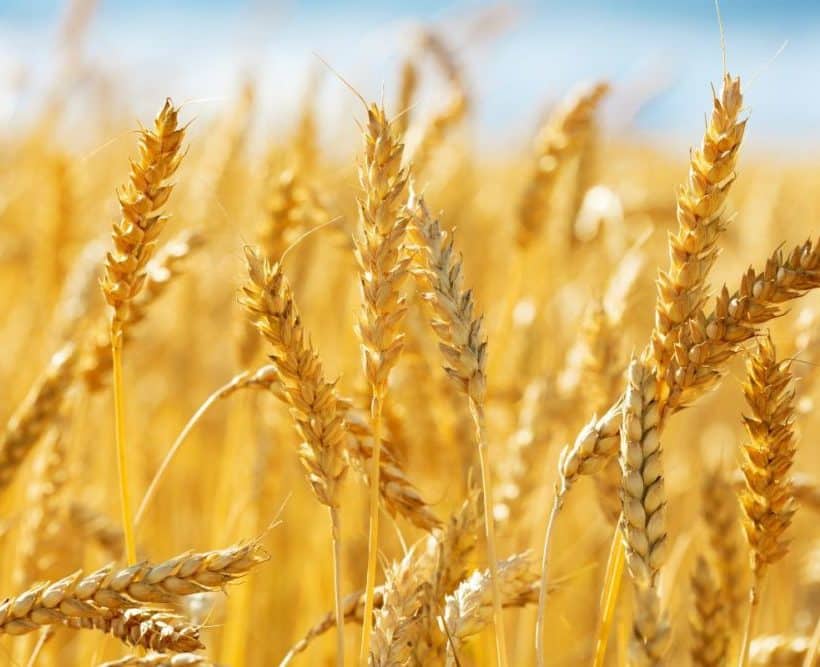China soybean imports continue surge
China, the world’s largest soybean consumer, set a second straight monthly import record in July, Reuters reported, citing customs data calculations. China brought in 11.67 million tonnes of soybeans in July, data from the General Administration of Customs showed, up 18.5% from 9.85 million tonnes a year earlier, and above analysts’ expectations of 10.48 million tonnes. Wan...
New grain terminal opens in Saudi Arabia
National Grain Co., a joint venture between the Saudi Agricultural and Livestock Investment Co. (SALIC) and Bahri, inaugurated the Yanbu Grain Handling Terminal on Dec. 22 at Yanbu Commercial Port. The company said the new terminal features a storage capacity of 156,000 tonnes, including 12 silos with a total capacity of 96,000 tonnes and a...
Grains and oilseeds powerhouse
The presence of two of the world’s most important agricultural producers and exporters — Brazil and Argentina — makes South America a powerhouse of world grains and oilseeds production and trade. The two make the region the leader in world soybean production, also producing large crops of maize (corn) and a significant tonnage of wheat....
Brazil’s grain production dips in 2023-24
Grain production in Brazil is estimated at 298.41 million tonnes for the 2023-24 marketing year, a drop of 21.4 million tonnes compared to the previous year, according to Conab, the country’s food supply and statistics agency. This would still be the second largest crop in the survey’s history. In its 12th Grain Harvest Survey for 2023-24...
Dryness stressing Ukraine, Russia crops
As if the Russia/Ukraine war was not enough to deal with, the region has been enduring a very dry summer. Crop stress in the region is peaking for the third time this growing season with very warm to hot temperatures and limited rain. Soil moisture has never been much more than marginally adequate since spring. Recently, the...
COFCO, GROWMARK enter agreements on grain assets
COFCO International, Ltd. and GROWMARK Inc., on June 20, announced they have entered into definitive agreements regarding grain assets in Illinois. Beijing, China-based COFCO International has agreed to purchase GROWMARK’s minority stake in a transloading facility located in Cahokia. In contrast, GROWMARK has agreed to purchase a Chicago grain warehouse facility, known as the B-House, from...
COCERAL increases EU grain outlook
In its latest 2024 European Union/United Kingdom grain crop forecast, released on June 10, COCERAL increased its projection slightly to 296 million tonnes, about 500,000 tonnes higher than the previous projection in March. If realized, it would still be about 3.2 million tonnes higher than production in 2023, said COCERAL, a European association focusing on...
Turkey bans wheat imports
The Turkish Agriculture Ministry recently announced that it will halt wheat imports from June 21 through mid-October to protect Turkey’s farmers from price decreases and other adverse impacts during this year’s harvest. The measures would be implemented to “prevent our producers from being affected by price decreases due to supply density during the harvest period,...
Australian winter crop totals expected to increase 9%
Australia’s overall winter crop production is expected to increase 9% to 51.3 million tonnes in 2024-25 and be the fifth highest on record, according to the June report from ABARES. Wheat production is forecast to increase by 12% to 29.1 million tonnes, while barley production is estimated at 7% to 11.5 million tonnes. Canola production...
Focus on Thailand
Although rice production is holding steady, weather-related challenges are a constant worry for Thailand, which relies heavily on the crop as a food staple and export commodity. More than 60% of its agricultural land is allocated for rice farming, which is heavily dependent on water. Farmers typically grow rice twice a year during the wet and dry seasons. Production estimates for 2023-24 call for 19.9 million tonnes of rice, a 5% drop from 2022-23 due to reduced water availability during…










